We’re reaching the end of the 2010s, and things are changing fast in the world of cars. Strides in safety, technology, and fuel economy; the rise of electric powertrains; and the return of brilliant design have made driving easier and more comfortable than ever before. If you stop and take stock of things, it’s a pretty great time to enjoy cars.
But everything can’t all be wine and roses, right? For every amazing new feature there’s something equally as groan-worthy out there. Take a deep breath and vent with us. These are 10 automotive trends we’d like to see disappear sooner rather than later.
1. Color (or lack thereof)
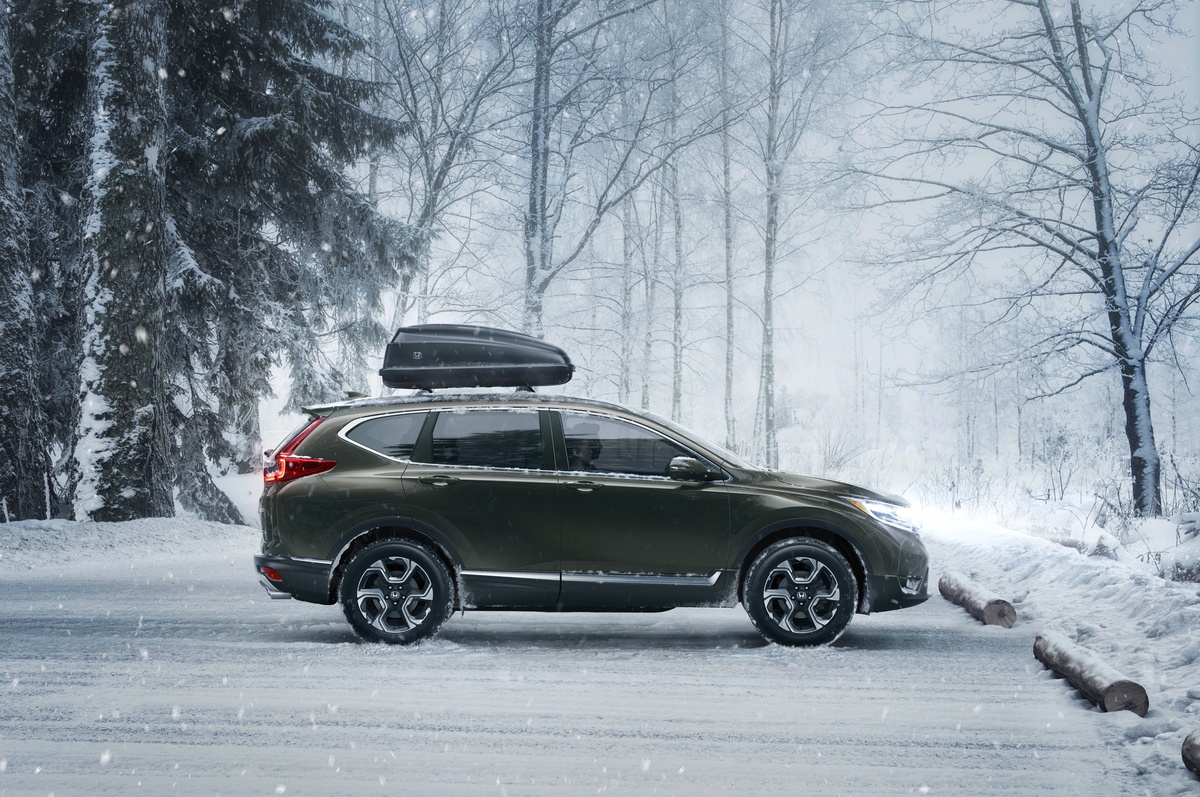
A gray crossover is the epitome of what’s on American roads in 2017. | Honda
Until the late 1980s or so, the automotive world was an exciting universe of brilliant reds, deep blues, and a host of other eye-catching colors. Since then, our roads have become a boring sea of black, silver, white, and neutral tans. Many experts say this soul-crushing conformity has a lot to do with customers being worried about their car’s resale value. But with new developments in automotive paints and vinyl wrapping, we’re hoping drivers start taking some risks with car color before we die of boredom.
Next: Cutting edge tech that’s anything but cutting-edge
2. Autonomous dead ends
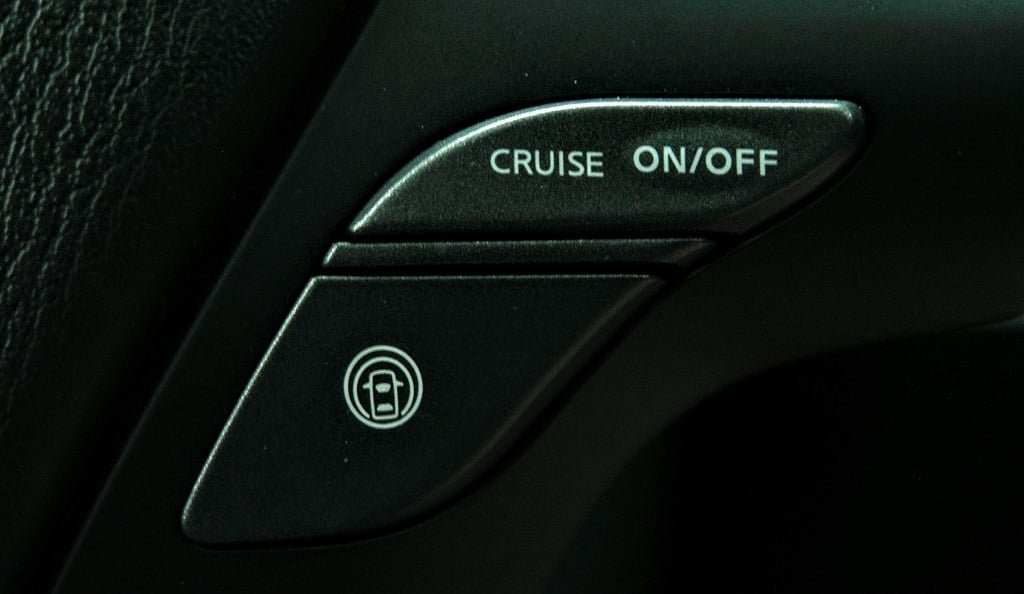
In a few years, safety sensor technology will probably look ridiculous. | Micah Wright/The Cheat Sheet
The automotive world is in one of the most volatile transition phases in its century-plus history. Autonomous cars are coming, make no mistake about it. But we’ve got a feeling that most of the features we have today will just look crude and gimmicky in 10 years.
Buy a fully loaded car today, and you’ll likely be met with sensors that buzz and beep, steering wheels that vibrate and self-adjust, and jerky self-acceleration and braking systems that leave you feeling like you’re wrestling with your car on the highway. Until automakers figure out how to do self-driving cars, there will be plenty of drivers left confused and annoyed.
Next: This industry phrase has become self-parody.
3. ‘Emotional styling’
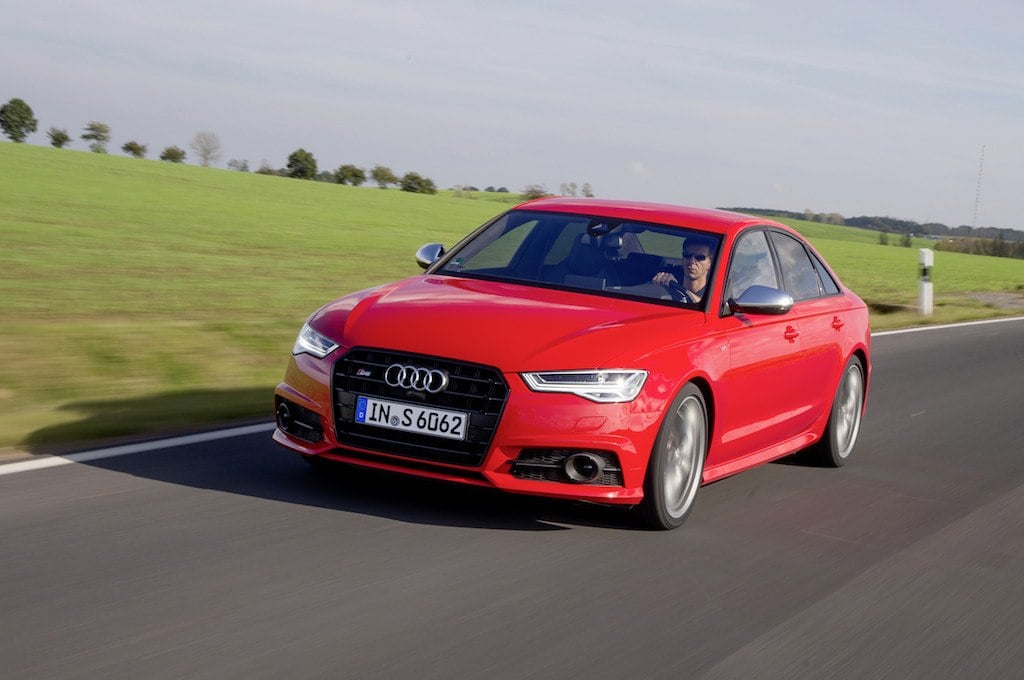
Doesn’t the 2017 Audi S6 just scream “emotional styling” to you?| Audi
Maybe we’re sensitive to this because we pay more attention to cars than most. But almost every new model — from the Honda Odyssey to the latest Ferrari — was seemingly designed with “emotional styling,” according to the automakers. This phrase has become one of the most commonly used in automotive PR. The only thing it makes us feel is annoyed.
Next: We wish automakers had settled this years ago.
4. Non-touchscreen interfaces
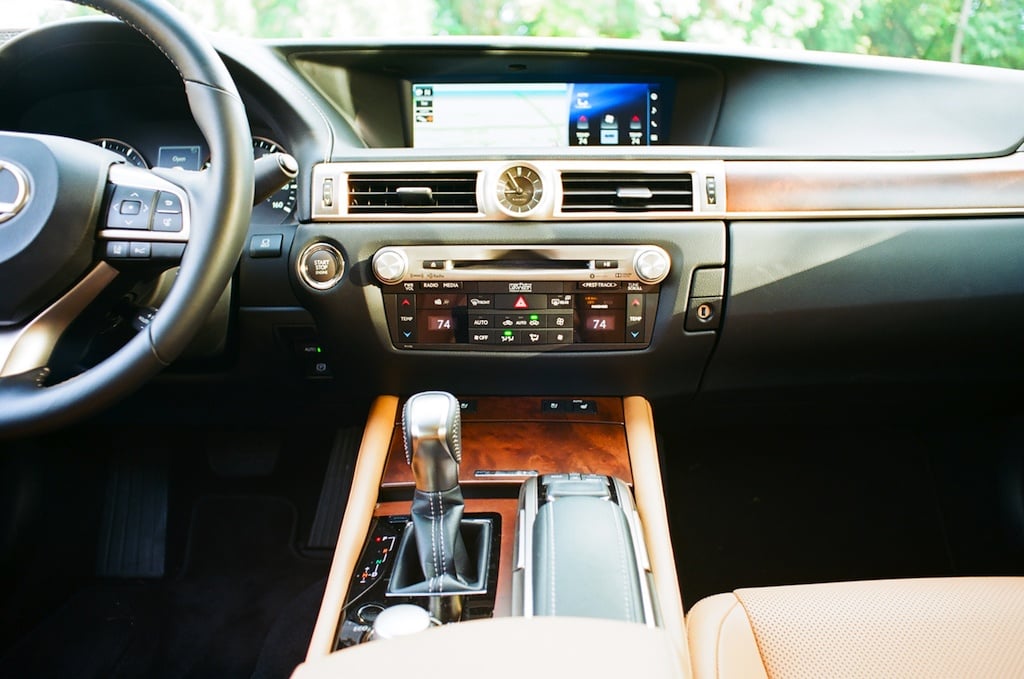
Lexus’ trackpad and mouse controller is infuriating to use. | James Derek Sapienza/The Cheat Sheet
For about a decade, the common layout for infotainment systems has been a touchscreen and a few analog controls for radio volume and the HVAC system. But a few automakers (Lexus, BMW, Mercedes, and Mazda come to mind) use features, such as a dial, track pad, or mouse to control their systems. Not only are these setups confusing and cumbersome, they’re also impossible to use when you have just a few seconds to spare at a stoplight. Touchscreen and knobs. How hard is that?
Next: If variety is the spice of life, this is the worst spice.
5. Competing software
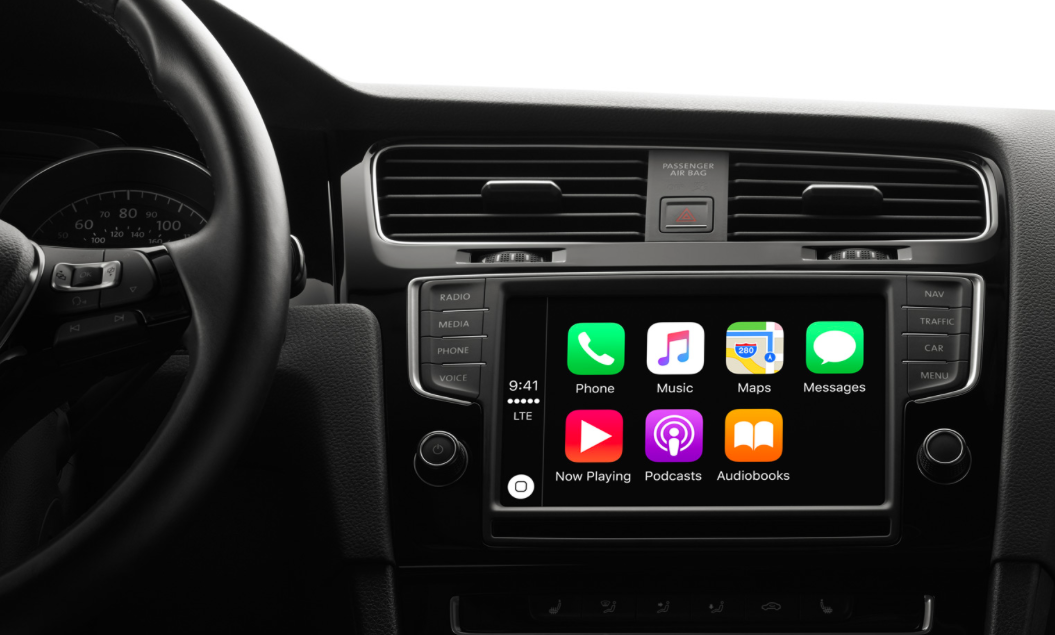
Cars should easily sync with phones. | Apple
Speaking of touchscreens, we’d love to see the day when Ford Sync, Cadillac Cue, BMW iDrive, and all the other company-specific infotainment software become a thing of the past. One of the greatest things to happen for consumers in the past few years was the introduction of Apple CarPlay and Android Auto.
Because most people have either an iPhone or Android — and seeing how most people sync their phones to their car’s infotainment system — it only makes sense that Apple and Microsoft would design software to integrate the two. Instead of glitchy, competing systems, we’d love to see these two simple, familiar, and easy-to-update systems rule the roost here.
Next: The evolution of these has been deadly.
6. Confusing shifters
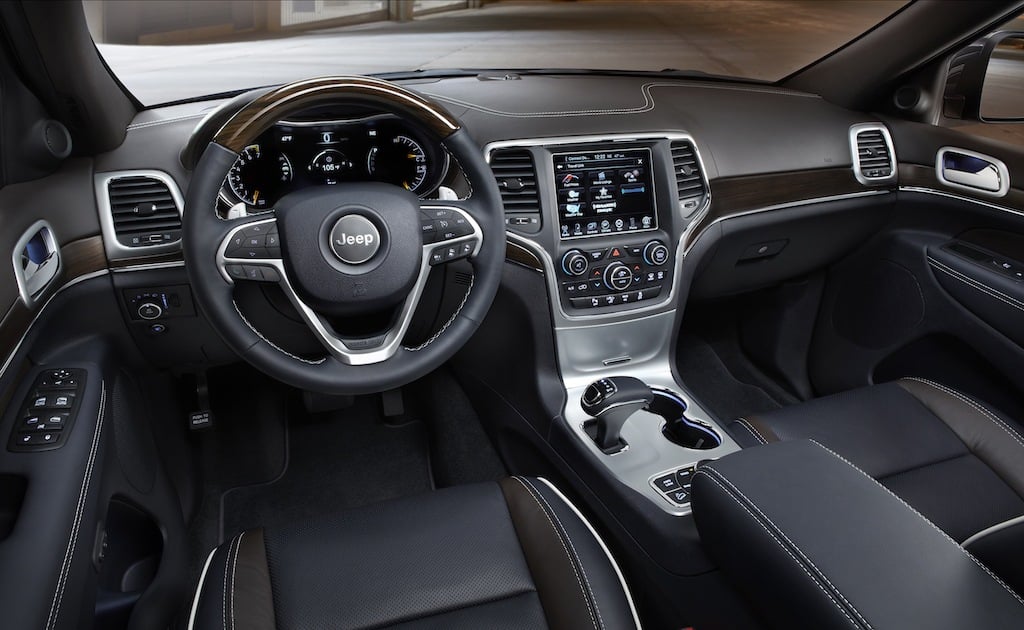
2016 Jeep Grand Cherokee | Jeep
In 2016, Hollywood was stunned by the death of young actor Anton Yelchin. The cause? The confusing electronic shifter on his Jeep Grand Cherokee. The complex gear selector wasn’t in park, causing the truck to roll over him once he stepped out of it. The old-fashioned column or console-mounted automatics have recently been replaced with a host of knobs, buttons, stalks, and joysticks. These answers to questions no one asked are at best confusing. At worst, they’re deadly.
Next: Is this fuel-saving tech really worth it?
7. Unrefined auto start/stop
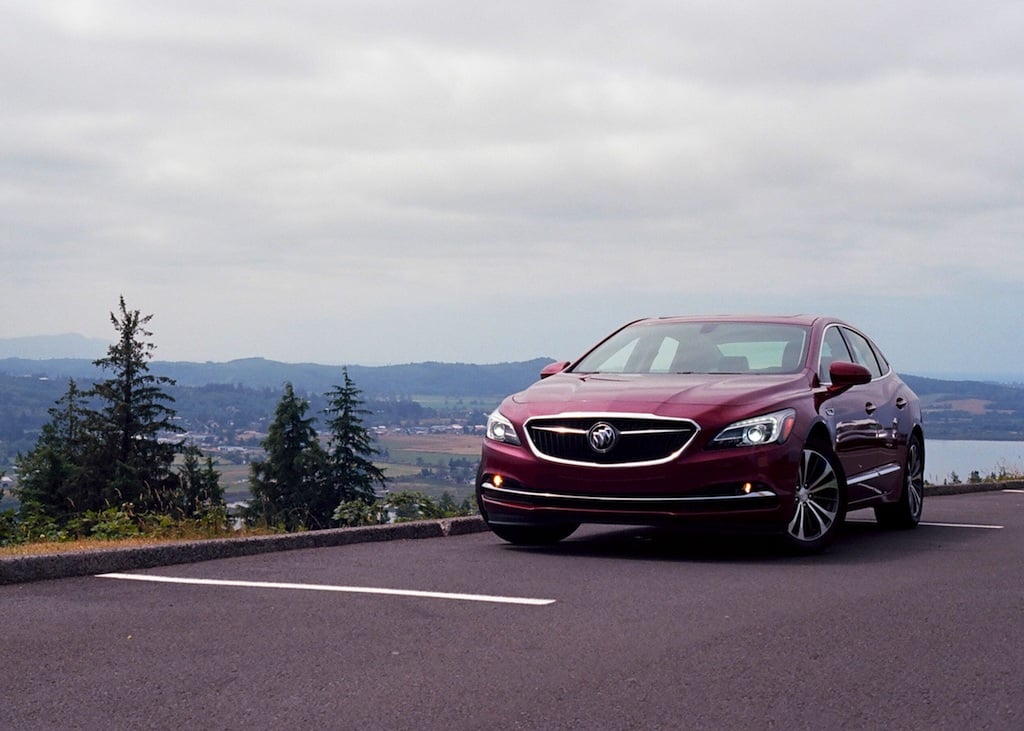
2017 Buick LaCrosse | James Derek Sapienza/The Cheat Sheet
Auto start/stop systems have been used for years by automakers as a means to conserve fuel. But if you’ve driven a car equipped with the system in a busy city, it might feel like your ride is stalling at every stop light.
Automakers, such as Buick, have gone to great lengths to make their systems as seamless and unobtrusive as possible. Others, including a few premium automakers, still sell cars that shudder to life every time you take your foot off the brake. This technology has been around long enough. It should be refined and consistent or not offered at all.
Next: Too many cars; not enough feedback
8. Eerily quiet cars
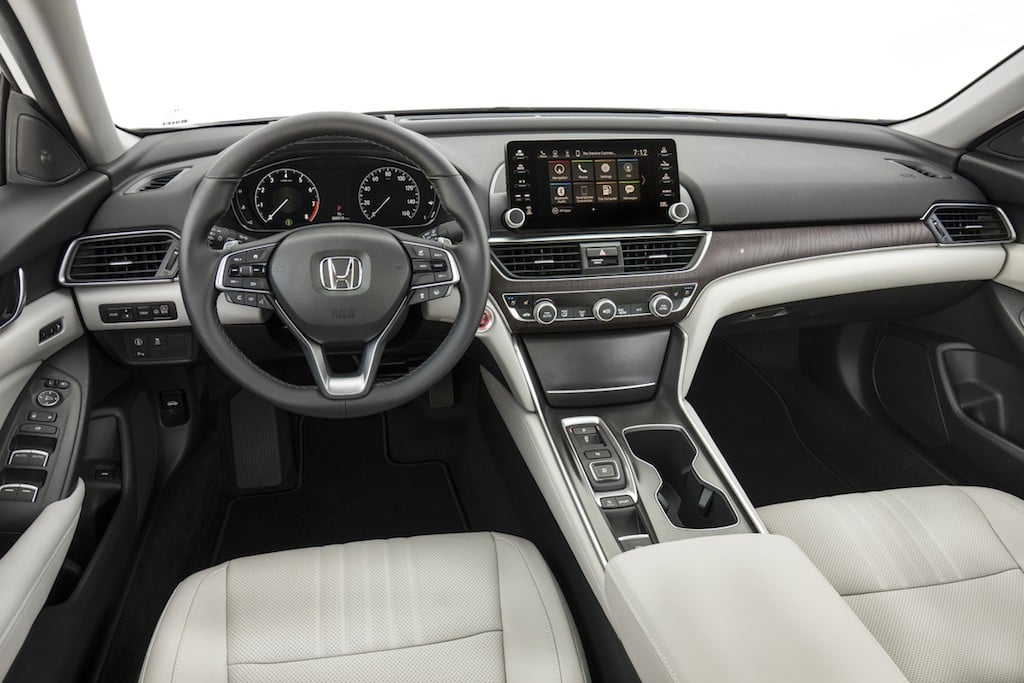
Does this car look on to you? | Honda
One of the greatest advances in automotive comfort over the years has been isolating drivers from road noise. But over the past few years these advances, combined with smoother-running engines and push-button starters, have made it nearly impossible to tell whether you’ve turned your car on or off. We love cruising down the highway in comfort and silence, but automakers really need to do better than hope their drivers look at their tachometers to see whether their cars are idling.
Next: It’s a great idea — until the bill comes.
9. Wi-Fi
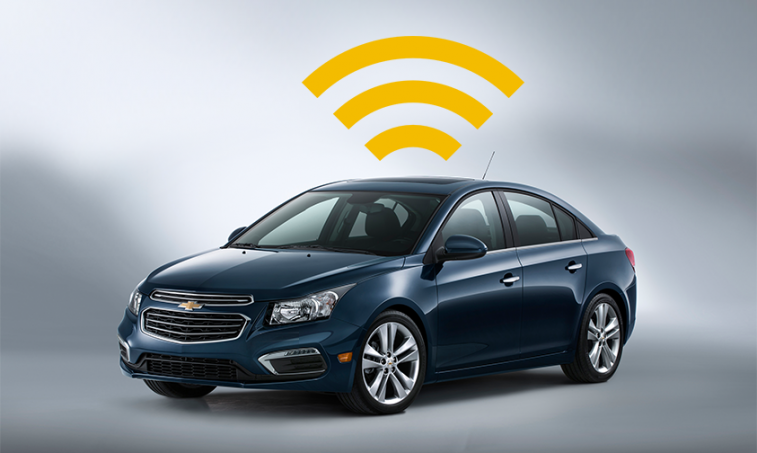
Chevy has been advertising Wi-Fi equipped cars for years. | Chevrolet
On the surface, Wi-Fi in cars is a great idea. But as Consumer Reports points out, having the service in your car is usually little more than a money pit. After the first few months with your new car, the honeymoon period ends. And you’re left paying yet another bill on top of your car — and internet — payments.
Next: This is a big target.
10. Crossovers
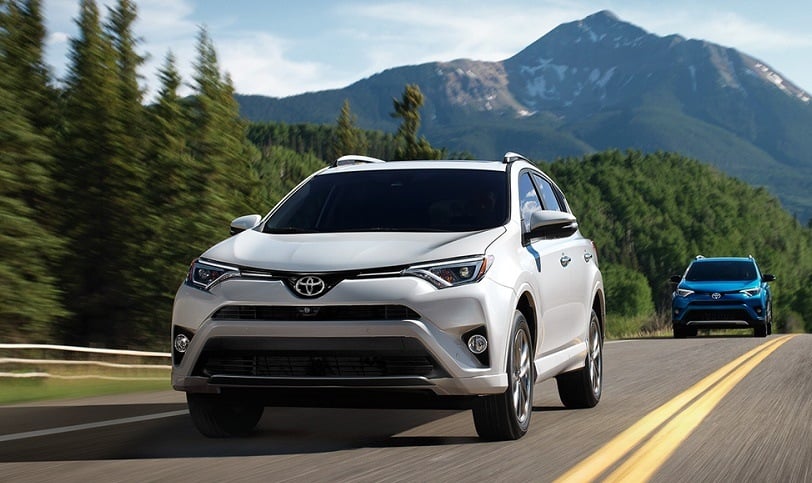
The Toyota RAV4 is one of the most popular cars in America. It’s also incredibly boring. | Toyota
Finally, we’re going to be bold and condemn one of the most popular aspects of the entire automotive industry. Crossovers are the the fastest-growing segment in America. They’ve become so popular, in fact, that they’re on the verge of killing off compact and midsize sedans once and for all.
Despite obvious selling points (a taller ride height, increased interior space, etc.) most crossovers are the four-wheeled equivalent of Novocaine. There are a few gems (the Mercedes GLA45 AMG, Mazda CX-5, and Jeep Renegade Trailhawk are favorites), but overall these amorphous two-box blobs are so bland they border on offensive. Sorry to the millions of Honda CR-V and Toyota Rav4 owners out there, but the roads would be a livelier place if crossovers weren’t so damn popular.
source: https://www.cheatsheet.com/money-career/most-hated-car-trends-need-to-die.html/?a=viewall
No comments:
Post a Comment